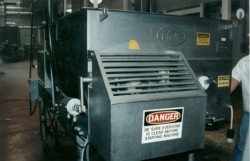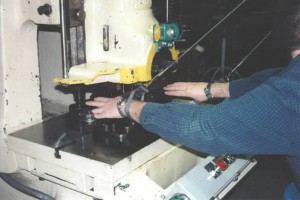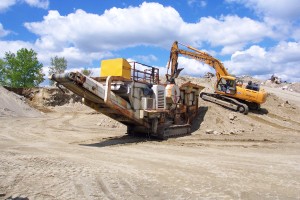The primary function of all guarding is to prevent an operator or bystander from being injured by a potentially dangerous portion of a machine. Often the hazard involves moving parts with the potential to cut, crush or draw-in body parts, although barrier guards may also be necessary when electrical, thermal or chemical dangers are present. Guarding may be accomplished with simple physical shielding of machine parts, or more advanced techniques such as laser curtains. It is also often necessary to employ interlocks to disable power to the machine when a guard has been removed, or pullback devices to ensure the user’s hands are not placed at the point of operation while the machine is operating.
Our engineers have been assisting attorneys and insurance representatives in investigating accidents since 1990. We have a highly qualified staff of engineers with advanced degrees from top-tier universities who have provided testimony on behalf of both plaintiffs and defendants at trial


